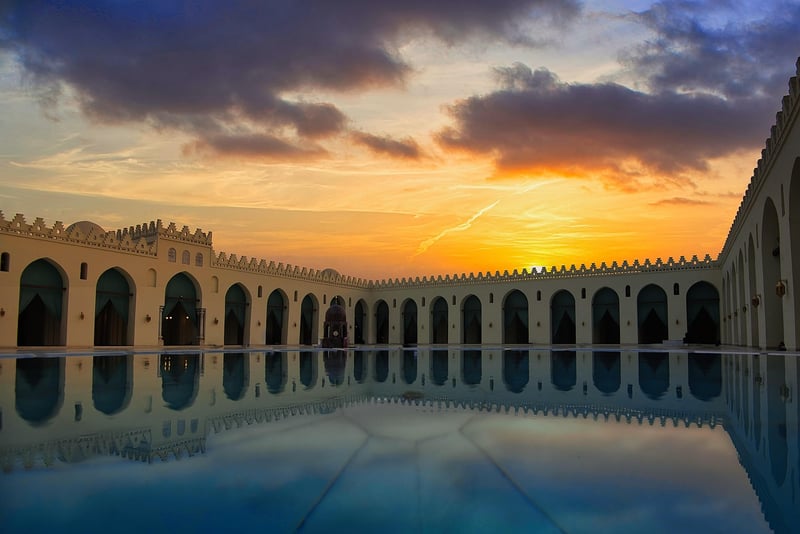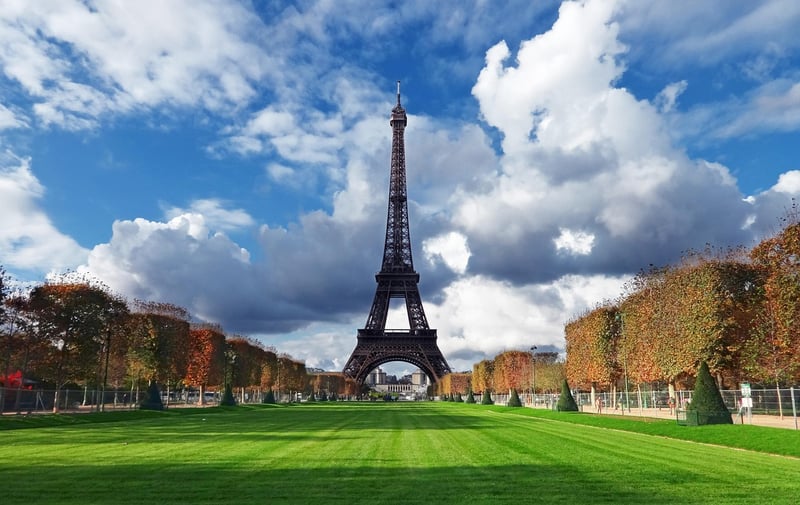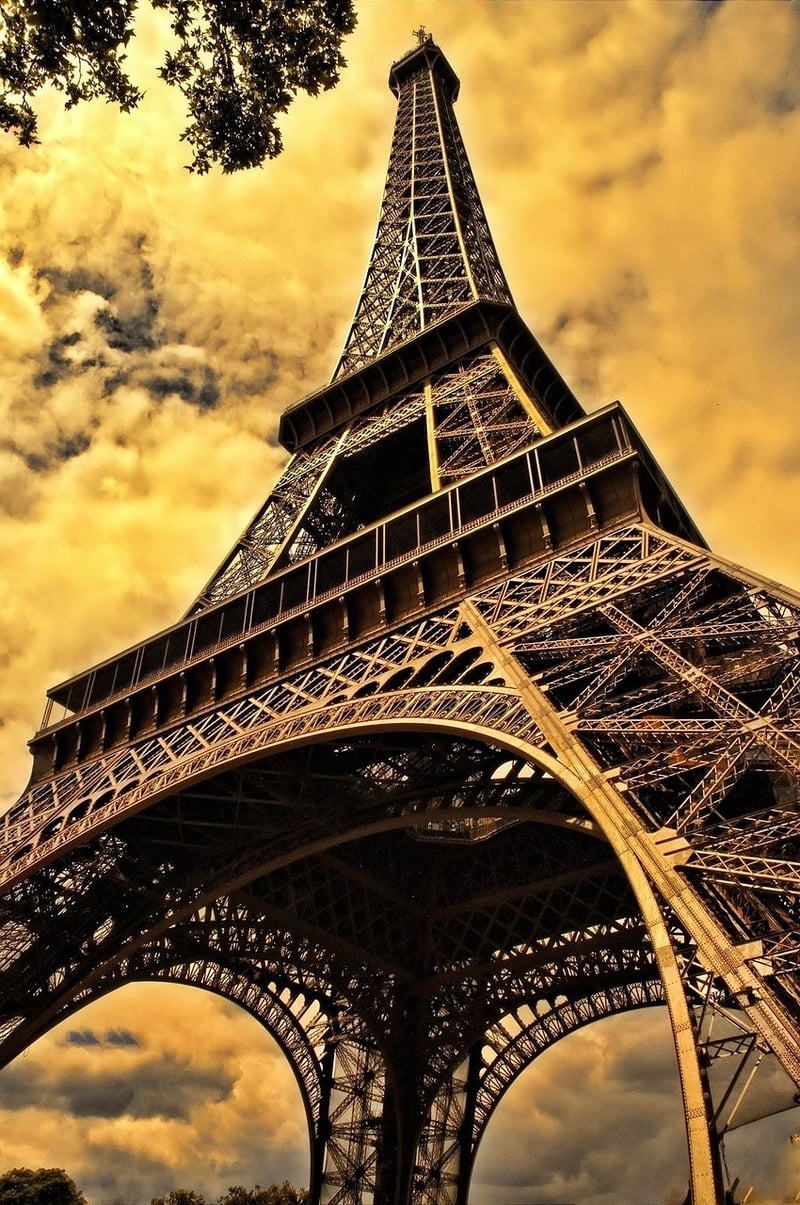Future Exploration
Exploring Different Eras and Future Exploration
Introduction
Exploring different eras allows us to peek into the past and understand how civilizations, cultures, and technologies have evolved over time. Additionally, looking towards future exploration opens up possibilities for discovery and innovation. Let's delve into the diverse eras of our world and what the future might hold for exploration.
Ancient Era
The ancient era, spanning from the emergence of human civilizations to the fall of the Roman Empire, is filled with wonders like the pyramids of Egypt, the Great Wall of China, and the Acropolis in Greece. This period laid the foundation for art, architecture, and societal structures that continue to influence us today.

Medieval Era
The medieval era witnessed the rise of powerful empires, magnificent castles, and the spread of knowledge through institutions like universities and monasteries. Iconic landmarks such as the Colosseum in Rome and the Notre Dame Cathedral in Paris reflect the grandeur of this period.

Modern Era
The modern era brought about industrialization, technological advancements, and globalization. From the Eiffel Tower in Paris to the Statue of Liberty in New York, architectural marvels symbolize the progress and innovation of this era.

Future Exploration
Looking ahead, the future of exploration holds exciting prospects. From space exploration to deep-sea discoveries, humans are driven by curiosity to push the boundaries of knowledge. Technologies like AI, robotics, and virtual reality are poised to revolutionize how we explore and interact with our world.
Conclusion
Exploring different eras gives us a glimpse into our history, while future exploration opens up a world of possibilities. By embracing our past and looking towards the future, we can continue to expand our understanding of the world around us and propel innovation to new heights.
